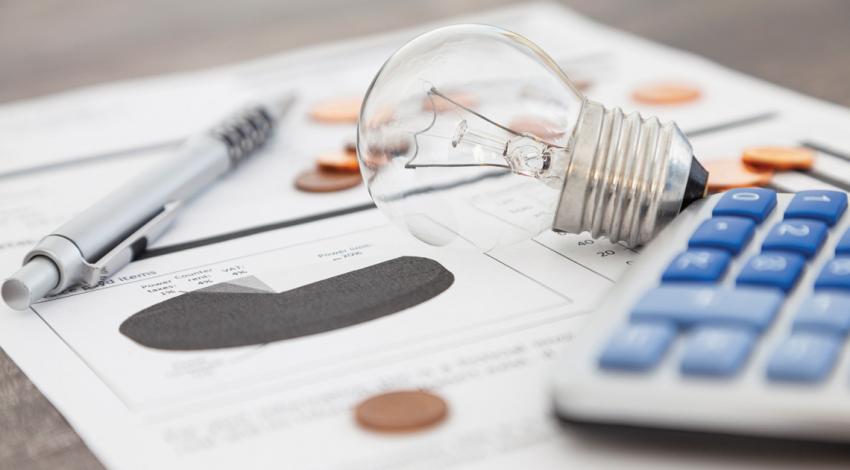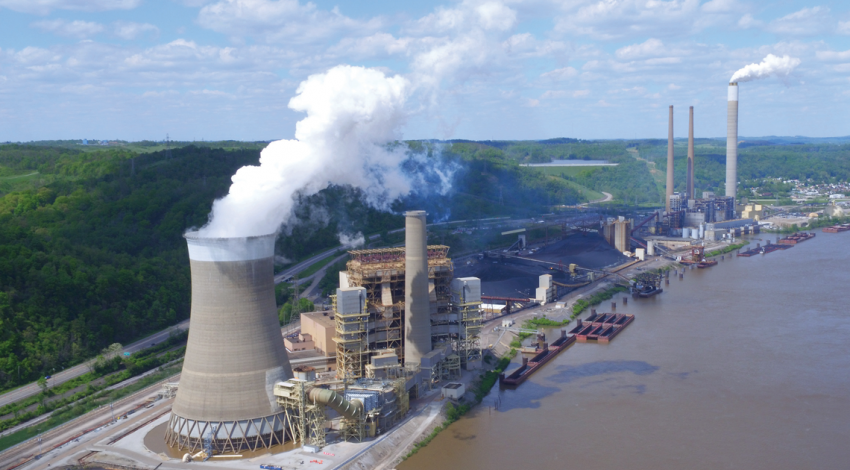We are becoming all too familiar with the unpleasant reality of high inflation rates for nearly everything we buy. A significant factor in the higher cost of goods and services is the runaway price of most forms of energy — the price of crude oil, gasoline, natural gas, coal, and propane have all increased, by 30, 40, even 50% over the past year.
electricity
This past year was one of transition. COVID-19 began to have less effect on our lives through the year as vaccines became available, and many businesses returned to more normal operations. The federal government underwent a shift in power between the parties and adjusted its focus to different priorities. The recovery in economic activity was hampered by shortages of materials and labor as businesses tried to recover production capacity and supply chains struggled to supply needed goods.
It’s clear that coal is no longer “king.” It’s also clear, though, as our associate editor, Rebecca Seum, explains succinctly in her story, that it’s still an essential element of a reliable power generation syste
The use of coal as a fuel source for electricity production has been on the decline because of increasing environmental requirements and the decreased costs for alternatives like natural gas and renewable generation sources. Concerns about the level of carbon dioxide emissions from coal generation further limit its future use, but the practicality and, yes, the reliability, of coal are undeniable. The truth of the matter is that fossil fuels, including coal, play an essential role in keeping the nation’s lights on.











